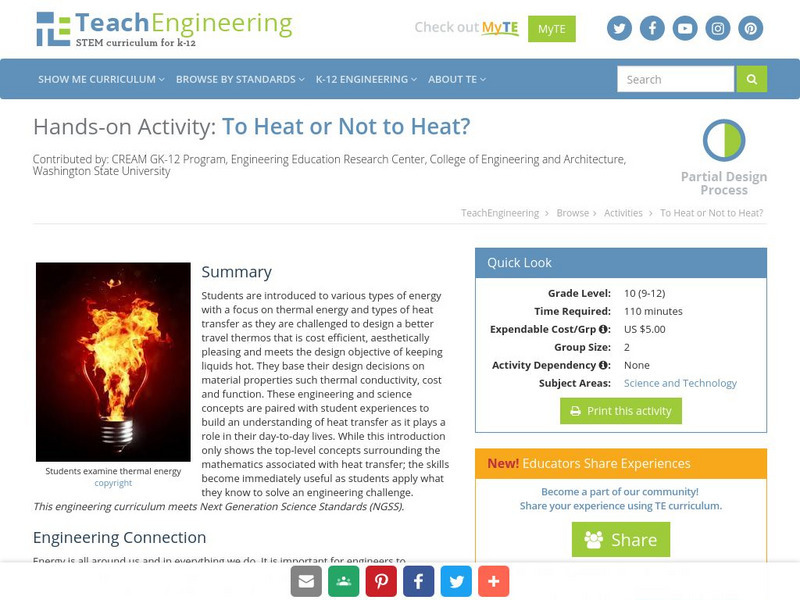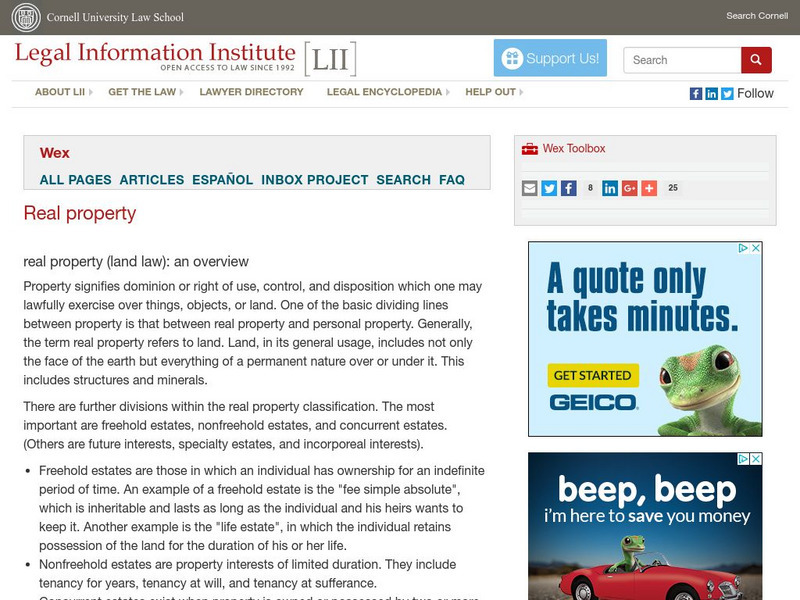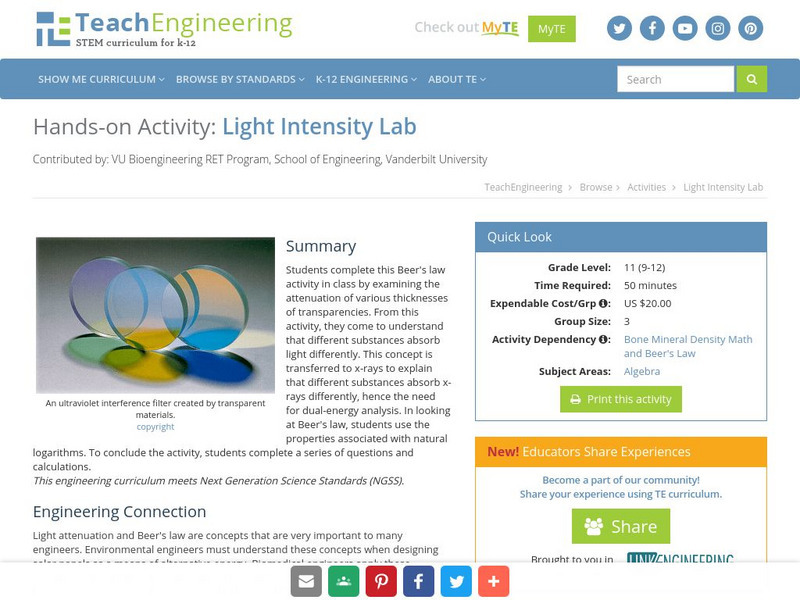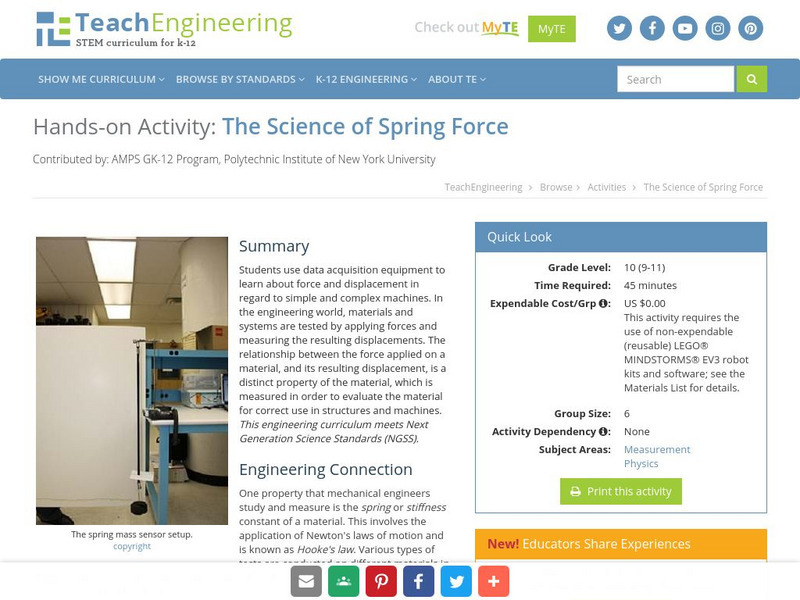CK-12 Foundation
Ck 12: Algebra: Exponential Properties Involving Products
[Free Registration/Login may be required to access all resource tools.] Learn how to use basic exponent rules.
Science Education Resource Center at Carleton College
Serc: The Three Bears Heat Investigation It's Just Right
This activity uses the story of the three bears as a way to investigate conduction, convection, radiation, and insulation properties. It also could be used to describe the laws of thermodynamics and conservation of energy.
Simon Fraser University
Chem1 Virtual Textbook: Kinetic Molecular Model
The General Chemistry Virtual Textbook, or Chem 1, is broken into several sections covering various aspects of topics related to chemistry. This section deals with the basic components of the Kinetic-Molecular Theory in addition to...
Teachers TryScience
Teachers Try Science: Eggs at Rest Stay at Rest
Students demonstrate the properties of inertia with some common kitchen materials.
Other
States of Matter and Properties of Gases: Terms
A very complete list of terms that are important to the study of gases. This resource is a web archive.
Lectric Law Library
Lectric Law: Due Process
This resource presents a detailed description of the legal term "due process" with court cases cited.
Other
Media History Digital Library: Government & Law Collection (1912 1995)
A collection of original documents that deal with the interactions between the film industry and the government. They cover such issues as censorship, film industry regulation, labor issues, juvenile delinquency, and the blacklisting of...
CK-12 Foundation
Ck 12: Atomic Theory
[Free Registration/Login may be required to access all resource tools.] In this online tutorial students will explain the law of conservation of mass, the law of definite proportions, and the law of multiple proportions. They will also...
CK-12 Foundation
Ck 12: History of the Periodic Table
[Free Registration/Login may be required to access all resource tools.] In this online tutorial students will begin to explain the use of chemical and physical properties in the historical development of the Periodic Table. They will be...
Math Is Fun
Math Is Fun: Working With Exponents and Logarithms
Clearly presented explanation of how logarithms and exponents work together, the properties of logarithms, the natural logarithm and the natural exponential functions, the common logarithm, changing the base, and real-world applications...
University of Colorado
University of Colorado: Ph Et Interactive Simulations: Gravity Force Lab
Manipulate the mass and distance of two objects to see how these properties change the gravity force.
Chiral Publishing
Chiral Publishing: An Introduction to Chemistry: Gases [Pdf]
This "Introduction to Chemistry" chapter discusses gases and their properties, ideal gas calculations and equation stoichiometry, and Dalton's law of partial pressures. Many pictures, charts, and sample calculations help to further...
TeachEngineering
Teach Engineering: To Heat or Not to Heat?
Students are introduced to various types of energy with a focus on thermal energy and types of heat transfer as they are challenged to design a better travel thermos that is cost efficient, aesthetically pleasing and meets the design...
Better Lesson
Better Lesson: Changing Matter:changing Matter: Is Weight the Same or Different?
Students conduct a hands-on investigation to determine how matter, changing state, effects the property of weight. Students will collect data and graph their results. Resources include step by step instructions, a data worksheet, videos...
Other
Duane Goehner: Cognizance of Copyrights and Copy Wrongs
An article on "intellectual property" issues. Includes moral question of ownership, fair use guidelines, and new technology.
Cornell University
Cornell University: Law School: Real Property (Land Law)
This resource gives a basic definition for real property and distinguishes between the divisions within the real property classification (freehold estates, nonfreehold estates, and concurrent estates).
University of Colorado
University of Colorado: Ph Et Interactive Simulations: Gravity Force Lab
An interactive simulation that teaches about gravitational force, Newton's Third Law, and force pairs by varying properties affect the gravitational force exerted between two objects. This simulation can either be downloaded or played...
TeachEngineering
Teach Engineering: Light Intensity Lab
Students complete this Beer's Law activity in class. Students examine the attenuation of various thicknesses of transparencies. From this activity, students will understand that different substances absorb light differently. This can...
TeachEngineering
Teach Engineering: From Sunlight to Electric Current
The lesson will first explore the concept of current in electrical circuits. Current will be defined as the flow of electrons. Photovoltaic (PV) cell properties will then be introduced. This will lead to the principle of "Conservation of...
TeachEngineering
Teach Engineering: The Science of Spring Force
Students use data acquisition equipment to learn about force and displacement in regard to simple and complex machines. In the engineering world, materials and systems are tested by applying forces and measuring the resulting...
TeachEngineering
Teach Engineering: Detecting Breast Cancer
This activity introduces students to their task of developing a painless means of identifying cancerous tumors. Solving the challenge will depend on an understanding of the properties of stress and strain. After being introduced to the...
Georgia Department of Education
Ga Virtual Learning: Electrostatics
Through informational text, interactive activities, practice problems, and virtual simulations, students learn about the basic properties of electricity in this unit.
Help Algebra
Help algebra.com: Exponents
Along with the definition of an exponent, this site also presents the properties of exponents. Several examples are used to demonstrate the properties. A summary of the laws of exponents is included for quick reference.
Help Algebra
Help algebra.com: Simplifying Exponential Expressions
The laws of exponents are put to action in several examples. The examples demonstrate how to simplify expressions that contain both coefficients and variables.

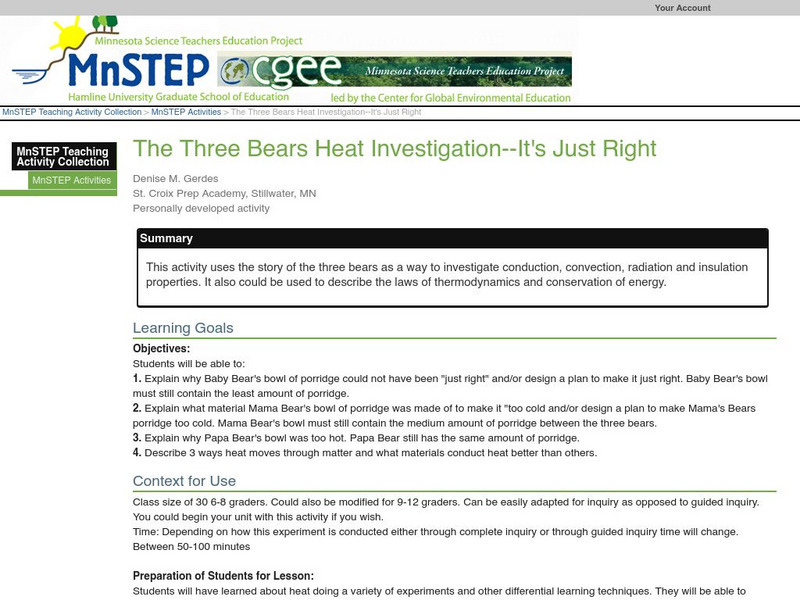
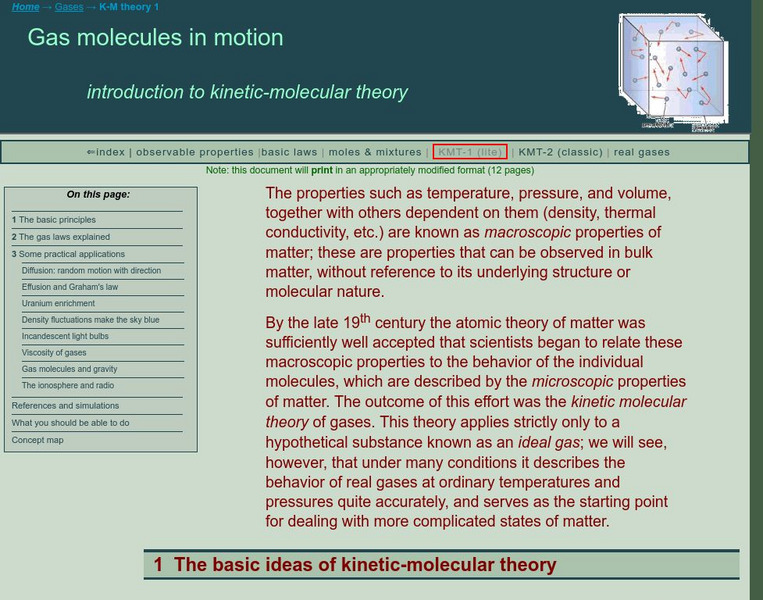

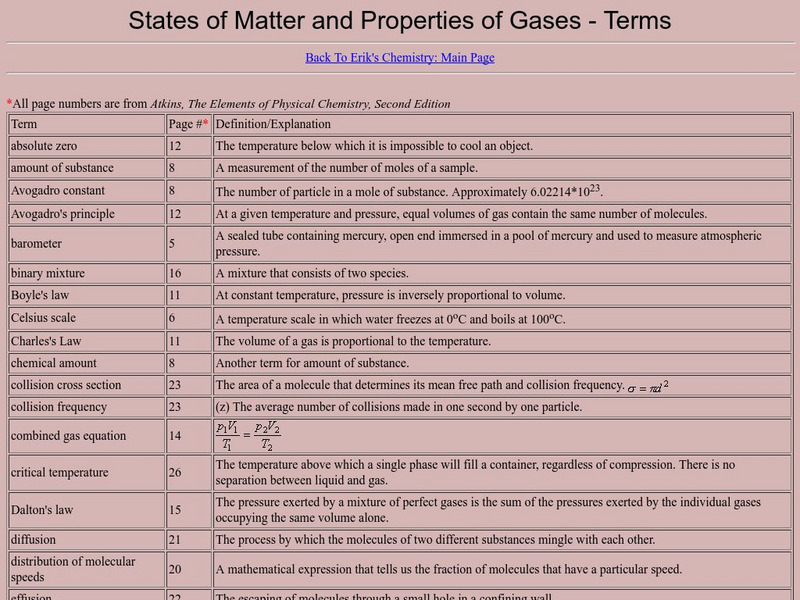






![Chiral Publishing: An Introduction to Chemistry: Gases [Pdf] eBook Chiral Publishing: An Introduction to Chemistry: Gases [Pdf] eBook](https://d15y2dacu3jp90.cloudfront.net/images/attachment_defaults/resource/large/FPO-knovation.png)
